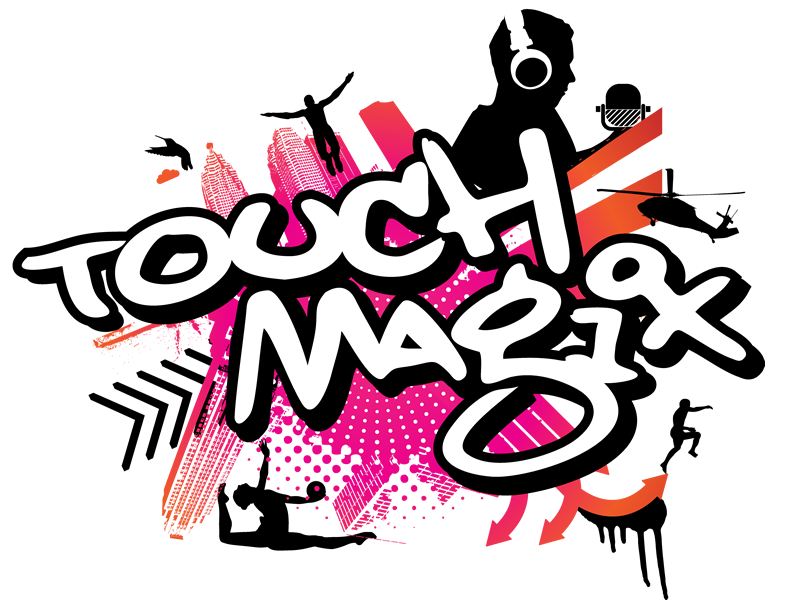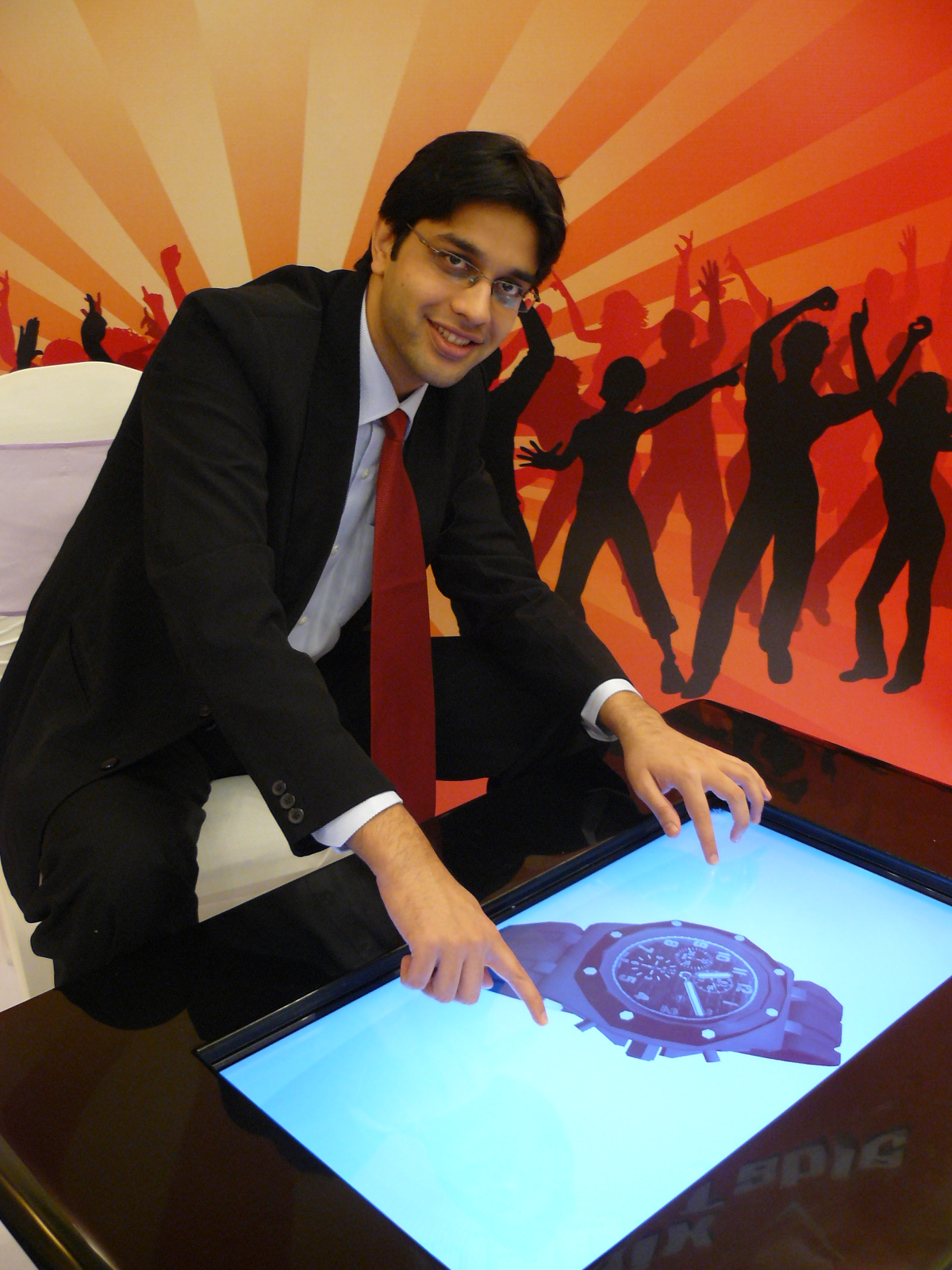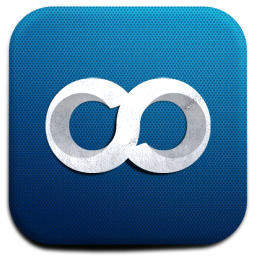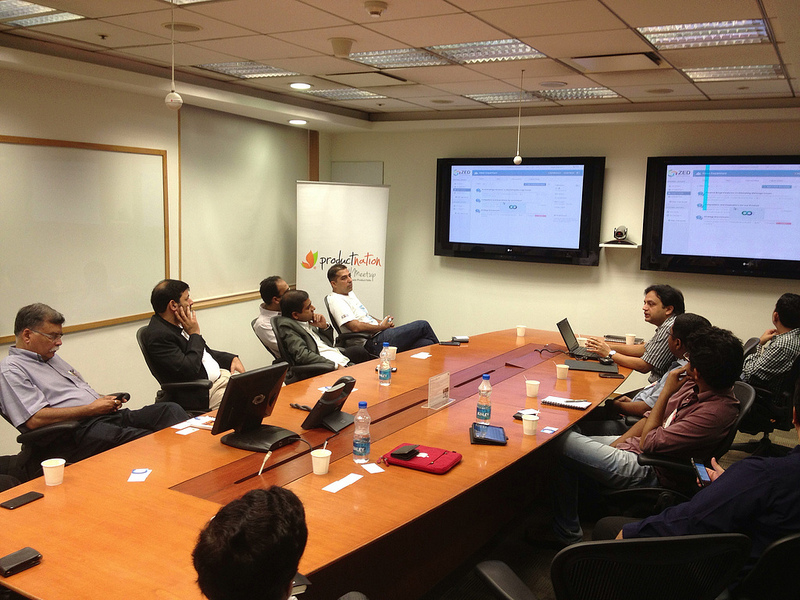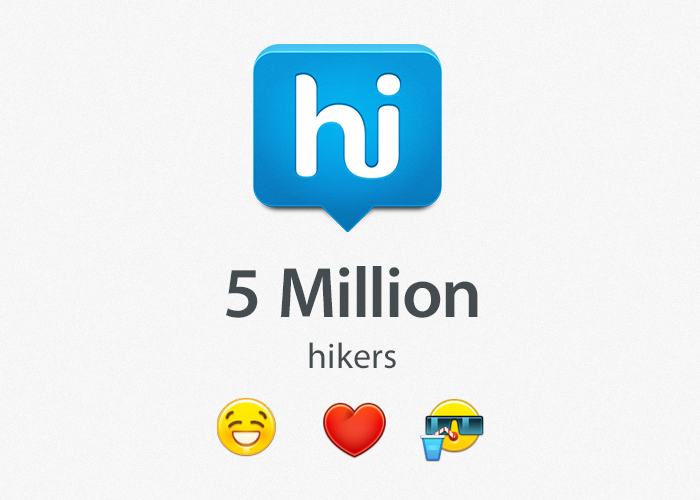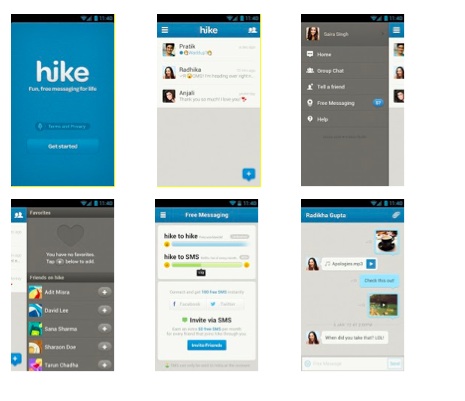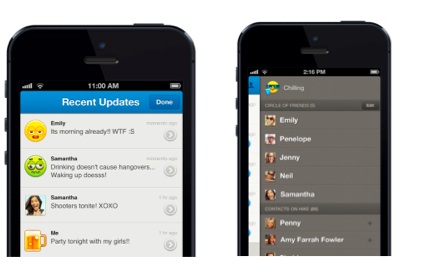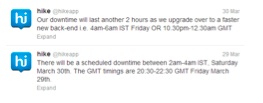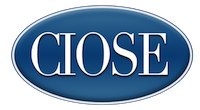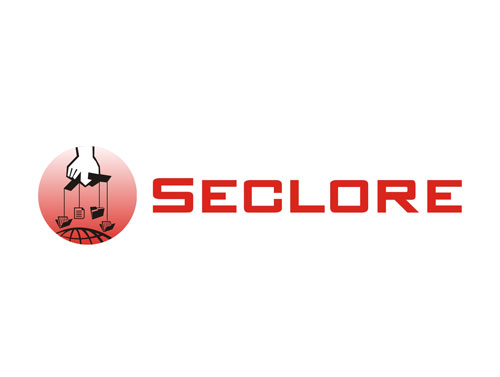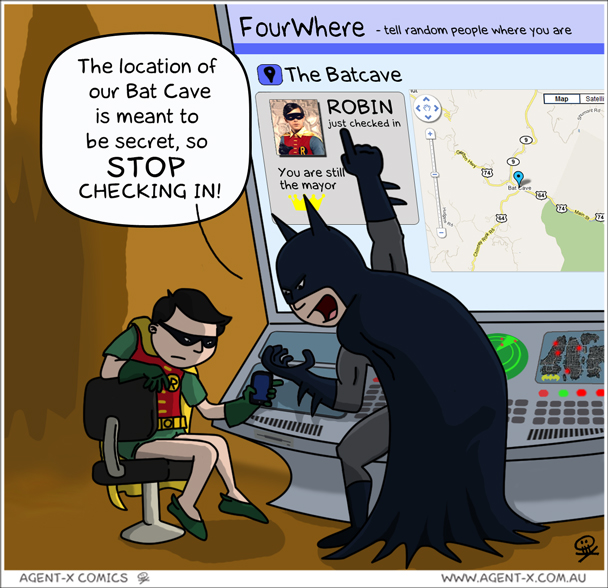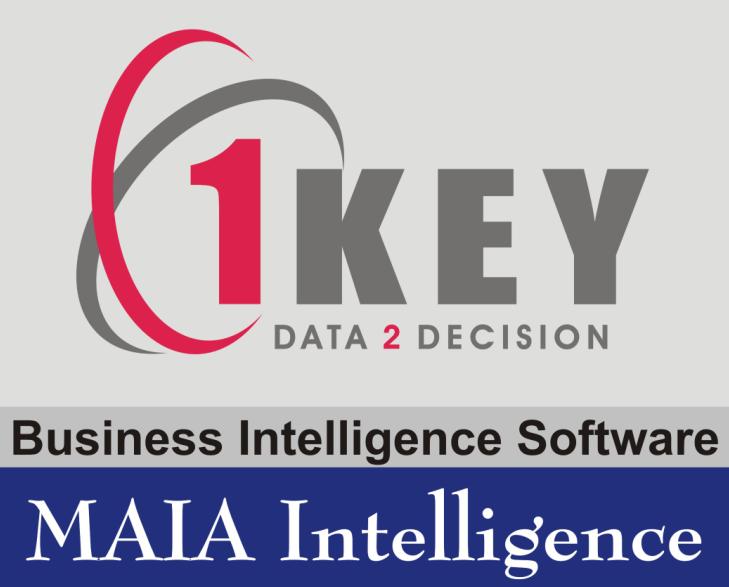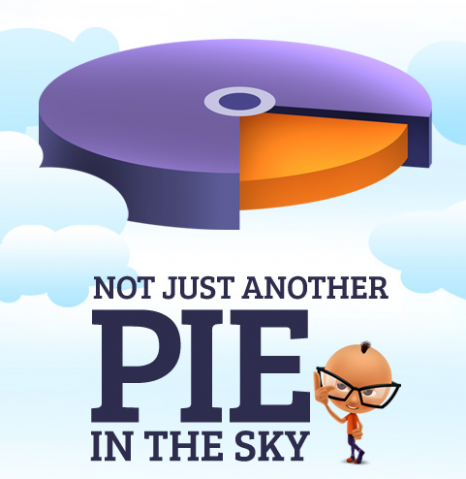Mahesh Ramakrishnan, Founder and CEO of Nanobi Analytics shares his fascinating journey of how he, along-with five highly accomplished professionals are out to disrupt the analytics space by providing an analytics platform and applications for every business sector. Read on…
What was the key driver to the inception of Nanobi Analytics?
 Nanobi came to existence after a rigorous and intense thought process that spanned over eight months. A couple of factors sparked the thought. First, our background and corporate experience has been in delivering analytics to large companies for over two decades. Second, I spent 18 months working for the UID project that exposed me to the open source environment of working. I was fascinated by these concepts of working on technology, wherein simplicity, agility, speed and the mode of working with constant change formed the core tenets of operation.
Nanobi came to existence after a rigorous and intense thought process that spanned over eight months. A couple of factors sparked the thought. First, our background and corporate experience has been in delivering analytics to large companies for over two decades. Second, I spent 18 months working for the UID project that exposed me to the open source environment of working. I was fascinated by these concepts of working on technology, wherein simplicity, agility, speed and the mode of working with constant change formed the core tenets of operation.
As I reflected upon these experiences, it occurred to me that we could combine the good things from both the above and create a platform for analytics apps, which could benefit a large set of untapped customers. We envisioned a platform that would host very small analytics (business intelligence) applications (hence the word ‘nano BI’) and is made available to customers on a pay per use basis. This led to the formal incorporation of Nanobi Analytics.
What type of customers do you see benefiting from your platform, and how is your offering different from traditional business intelligence solutions?
Traditional business analytics solutions in large enterprises are built for usage by highly skilled workforce and require regular maintenance. Secondly, these solutions are by design, not suited for agility. It takes months for a large bank or a manufacturing behemoth to drive a small change in its business review process.
Contrast this with the medium and small enterprises. These enterprises around the world do not have access to analytics solutions simply because the costs are prohibitive, and usually it is difficult for these enterprises to employ highly skilled personnel. However, this does not mean that small or medium enterprises do not need analytics. In fact, given the constant churn, volatility and agile nature of work, it becomes all the more important for these type of industries to take decisions based on data, to ensure that they make course corrections as business circumstances change. It is this segment of customers, who thus far have not been able to leverage the power of business analytics that we target.
We have developed this analytics platform, keeping the constraints of the small and medium enterprises in mind. From a market segmentation perspective, this is a completely untapped and complementary set of customers that we are targeting. The system is designed in such a way that it is usable by any business person, who does not need to have any IT training. In fact, we do not do any end user training for our customers who sign up for usage. Also, we have made these solutions affordable to their price points.
Your concept of providing an analytics appstore should be pretty appealing to other product companies as well. How can other companies make use of this platform?
We have built analytics applications that can easily be consumed or integrated with existing products or applications. Besides, the platform on which these are hosted is open. This allows any other product developer to simply use our platform or use any of the analytics capability from us. The product developer now can only focus on providing the core business function, and can aggregate the analytics capability to their products from us. So, this largely reduces work of other product vendors and enables them to go to market faster, or reduce the time of development. We have a variety of adapters to connect data from anywhere, so our platform and our APIs will be a great advantage to these folks. We even provide training to interested product vendors on getting the best out of our apps and our platform.
How are you influencing the channels ecosystem to reach out to your target customers? What has been your experience working with them thus far?
We have a very effective channel partnering mechanism that helps us connect with our customers. We work with different kind of channel partners – those who already are selling to small and medium enterprises, those who specialize in selling aggregated solutions to this target customer base, and some who help us purely by generating leads to potential customers. We have early successes in each of the above approach, validating our strategy on this front.
We also partner with other vendors for technology, digital marketing and allied activities. Given our previous experience, we have forged win-win relationships, which are bearing fruits as we gain momentum in the marketplace.
On a different note, I am curious to understand how the ‘founding five’ came together. You have a strong Board of directors as well as advisors. How much of all these is relevant in the initial years of your startup?
Well, although all members of the founding team have worked in the same organization before, each brings in complementary skills that are essential to run a company. The common thread across all of us is that each one of us has worked in product development companies and has a very good understanding of the domain of analytics. All of us had to leave lucrative and successful corporate careers and indulge in building something new from the scratch. When the goal you are setting is very big, you need equally competent people to work with to bring it to reality. I have been extremely lucky to get a competent team such as this to start up.
As regards to the Board of directors, I feel that even for startups, you need at least one person outside the founding team who takes an independent view of all actions you take as a company. In our case, since the goals we are chasing are tall and ambitious, an experienced Board will help us bring back the focus on key activities to pursue, in case we digress.
We also have well respected individuals as our advisors. They help us in unique ways. We rely on them for advice on technology, managing the ecosystem and governance needs. Having their inputs largely benefits us – since it sets the fundamentals of all aspects of the company in place right from inception. Even though we are a startup, it is our belief that setting clear practices for each function will help us grow and scale faster.
Thank you for these insights. In closing, could you please share three tips that would be useful for fellow product entrepreneurs?
I would say that one should hit the market as soon as one can. Your product is never really ready with all the features at any point in time. So, analogous to the MVP theme, if you believe that you have some capabilities that a customer would be delighted to use; go ahead and test it out. Keep in mind that it is always the customers who make your products good. Lastly, during the early startup days, it is paramount that you act immediately on customer feedback. Initial customer feedback should be the prime source of your next steps. This will ensure that you sustain yourself in the marketplace while delighting your customer with your attention.
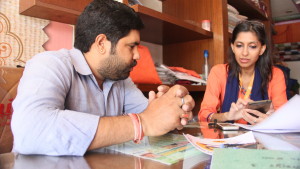 customers, samples of new designs by textile owners to or be it the owner in Amritsar who sells religious items to his customers in foreign. A shop keeper who sells cosmetics to the local college students used it to share the new goods/purses that were sold in his showroom.
customers, samples of new designs by textile owners to or be it the owner in Amritsar who sells religious items to his customers in foreign. A shop keeper who sells cosmetics to the local college students used it to share the new goods/purses that were sold in his showroom.

